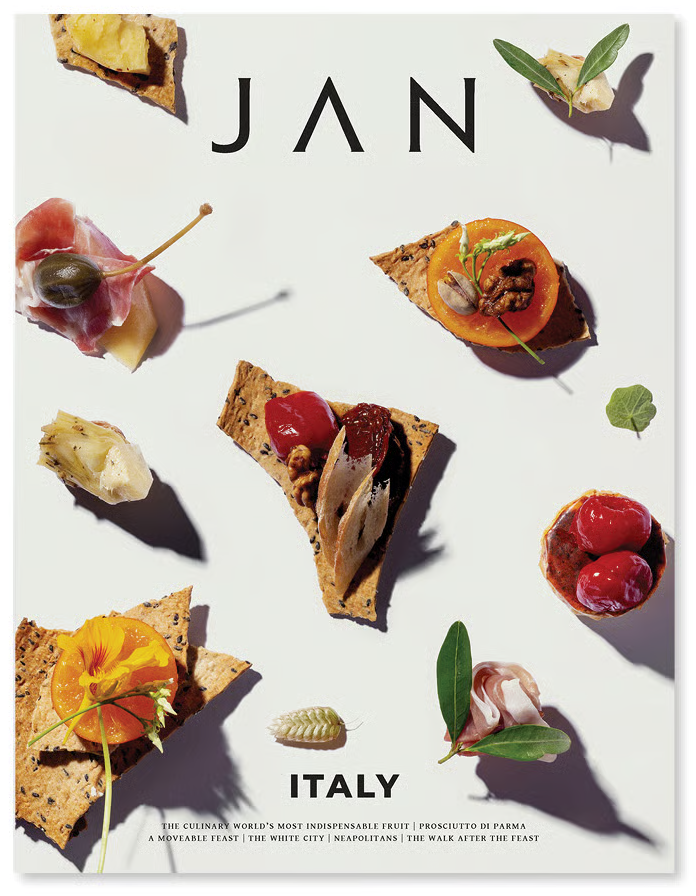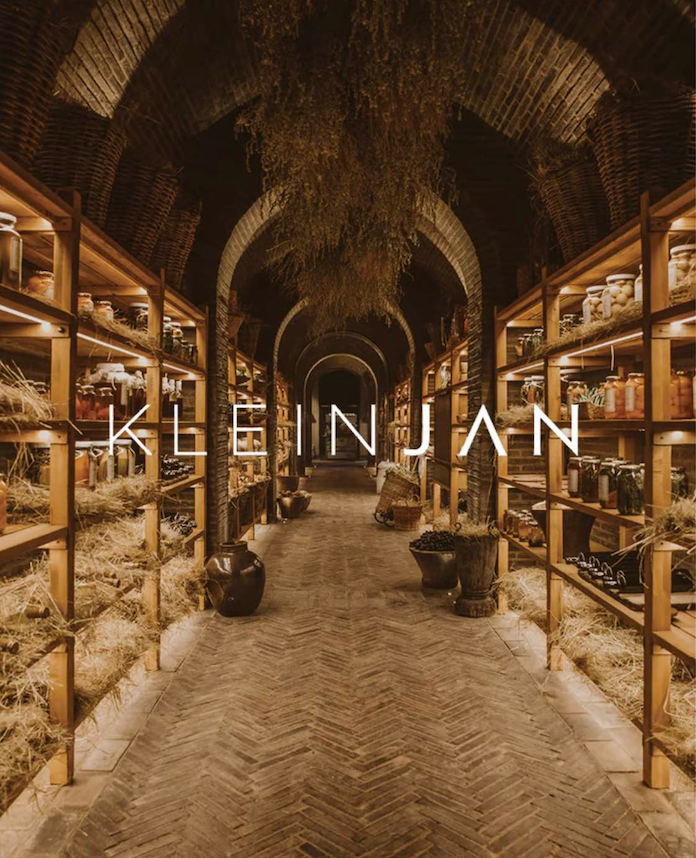Game Meat Myths
FIVE MISCONCEPTIONS AROUND EATING WILD GAME
We urbanites are a strange breed. When ordering a burger, a steak tartare or rump with Café de Paris butter, we seldom consider the life of the animal involved. But the moment we hear pheasant, ostrich, kudu or gemsbok, things get real. And why is that? Loaded question. Perhaps all it boils down to is a fear of the unknown – or the lesser known. But the need to live more sustainably is becoming critical, and we know it, which is why the vegan movement has seen such unprecedented growth in the last decade. But sustainability needn’t begin and end with eliminating entire food groups from our diets. In some cases, we can still live sustainably if we cast our nets wider. And in many cases, it means a return to the way we were before industrialised farming, when we lived in closer proximity to the animal world and savoured every morsel. All we need sometimes is a reminder of who we were, and to dispel a few myths we’ve collected along the way.

MYTH ONE: GAME MEAT IS UNHEALTHY
The more you learn about game meat, the harder this little fallacy becomes to digest. Though you should always consult your doctor on all matters involving your health, it has become very easy to bank game meat under all red meat. But such medical advice doesn’t always apply to game. Because the animal lived a less sedentary (still) life than its pastoral counterpart, the meat is leaner, cleaner because it wasn’t fed hormones and medicine to keep it “healthy”, and contains fewer kilojoules. Added to that, game meat is generally higher in omega-3 and omega-6 unsaturated fatty acids, which are linked to reduced levels of cholesterol. Game meat is also considered completely safe for pregnant women to consume, because it’s the most organic meat you can get.
MYTH TWO: GAME MEAT TASTES GAMEY
Admittedly, this is a matter of opinion and can’t be negated if that’s what it tastes like to you. Game meat generally has a more intense flavour that is often described as metallic, owing to the higher levels of iron in animals to live more actively and graze in the wild. However, this also has a lot to do with how the meat is cooked. When properly prepared and cooked a certain way, the meat’s “gamier” aspects can amplify its more savoury “umami” flavours.

MYTH THREE: GAME MEAT IS GREASIER
There are almost no instances in which game meat can be interpreted as being fattier than farm-reared meat. If anything, because the animal was more active, the meat is invariably leaner. The only way game meat can be perceived as being greasier is due to the way it was cooked, which might have involved more fat to supplement the natural lack of it. As a rule of thumb, game meat averages similar nutritional content as a skinless chicken breast, with roughly 2 g of fat and 25 g of protein per 100 g of meat.
MYTH FOUR: GAME MEAT IS TOUGH
With all this talk about leanness, it stands to reason that game meat will be tougher than beef. You’re not wrong. But once again, the way you cook it determines everything. To introduce unsaturated fat from an outside source, consider game confit in canola oil. For something more indulgent, confit the meat in half oil, half duck fat or butter. Sous vide also work amazingly well with game. For tougher cuts, like fillet or loin, marinade the meat in a mix of canola oil, herbs and spices overnight, or brine the meat, which will make it juicier. When brining in sugar, however, keep in mind that too much sugar will prevent the meat from crisping when fried. Other methods include larding (injecting the meat with fat) and barding (wrapping the meat in a fattier meat, like bacon). It all depends on how healthy you want the meat to be.
MYTH FIVE: GAME MEAT IS EXPENSIVE AND DIFFICULT TO FIND
In South Africa, we’re spoilt for choice when it comes to our sources of game meat. Many butcheries across the country are well connected to sustainable, ethical game farms in every province. More and more supermarkets are also beginning to stock game meat. To get you started, here is a list of butcheries and game meat suppliers in South Africa:
GAUTENG
BRAESIDE BUTCHERY, Greenside
GAME MEAT, Pretoria
IMPALA BUTCHERY, Northcliff
KINGS MEAT DELI, Pretoria
LA MARINA FOODS, Greenstone
SHUMBA GAME MEAT, Hartbeespoort
THRUPPS, Illovo















